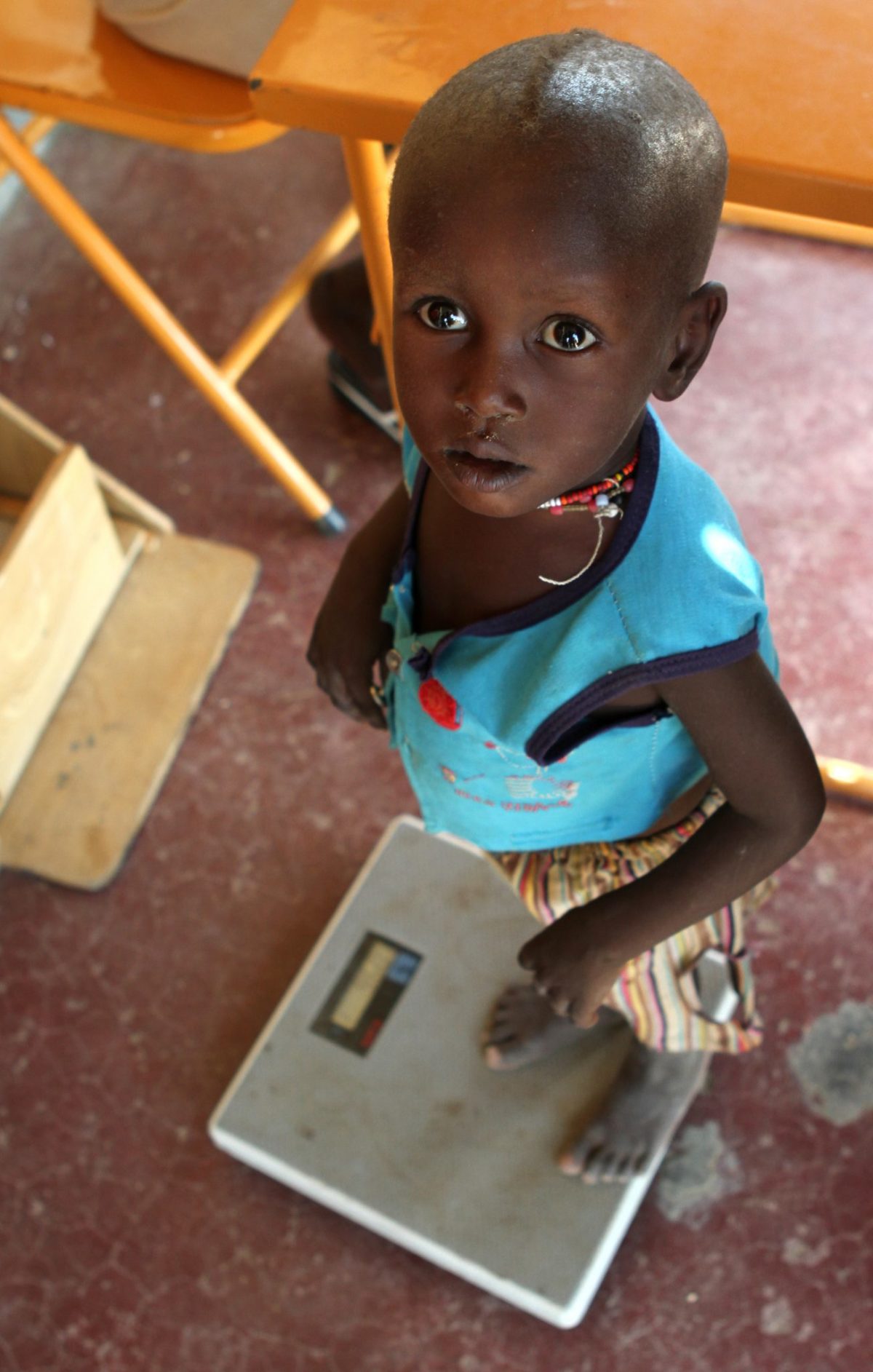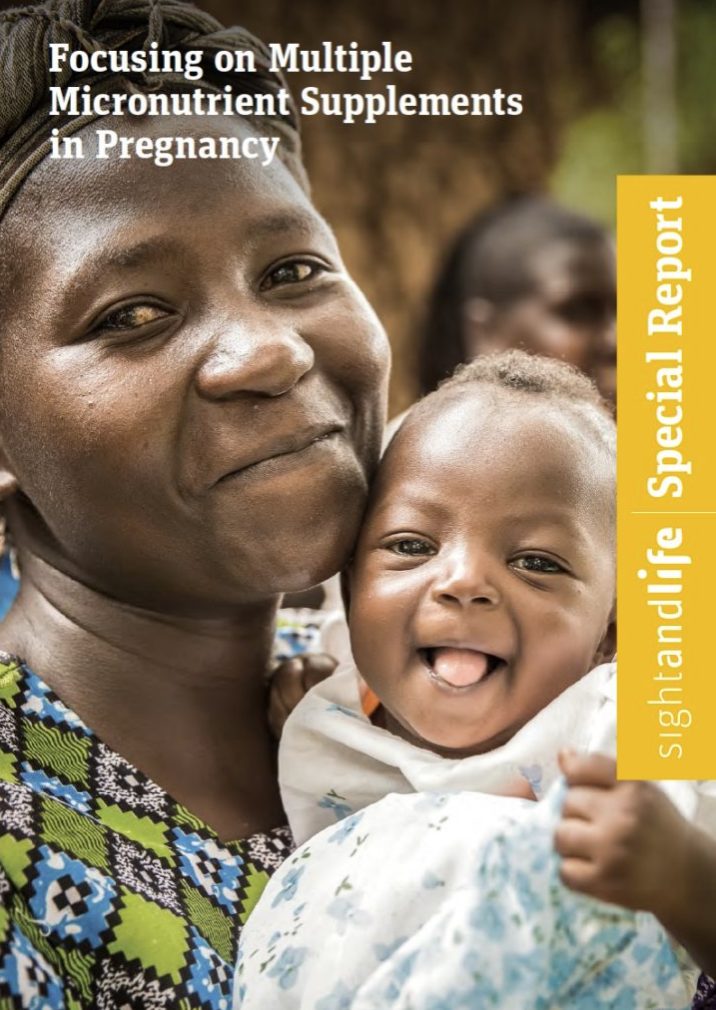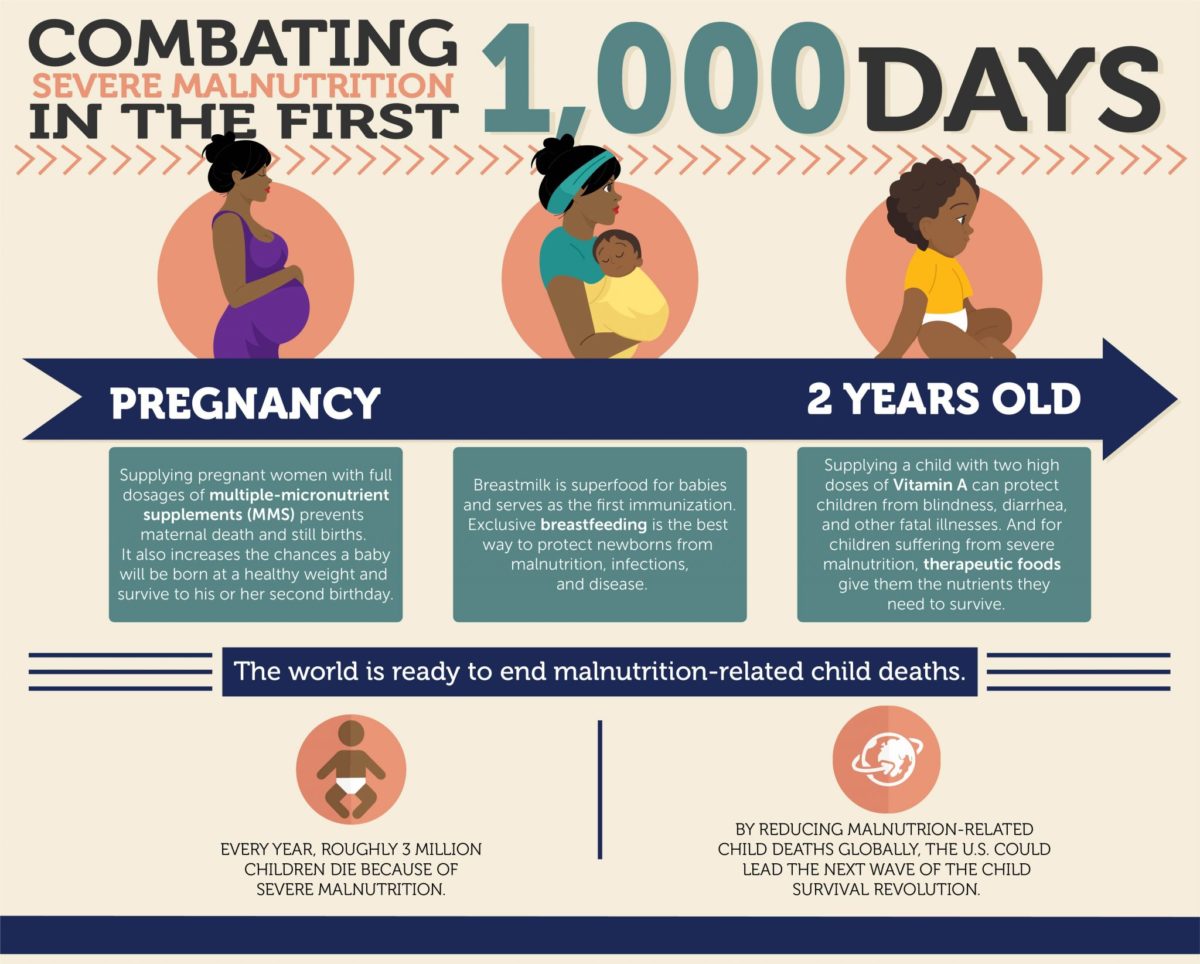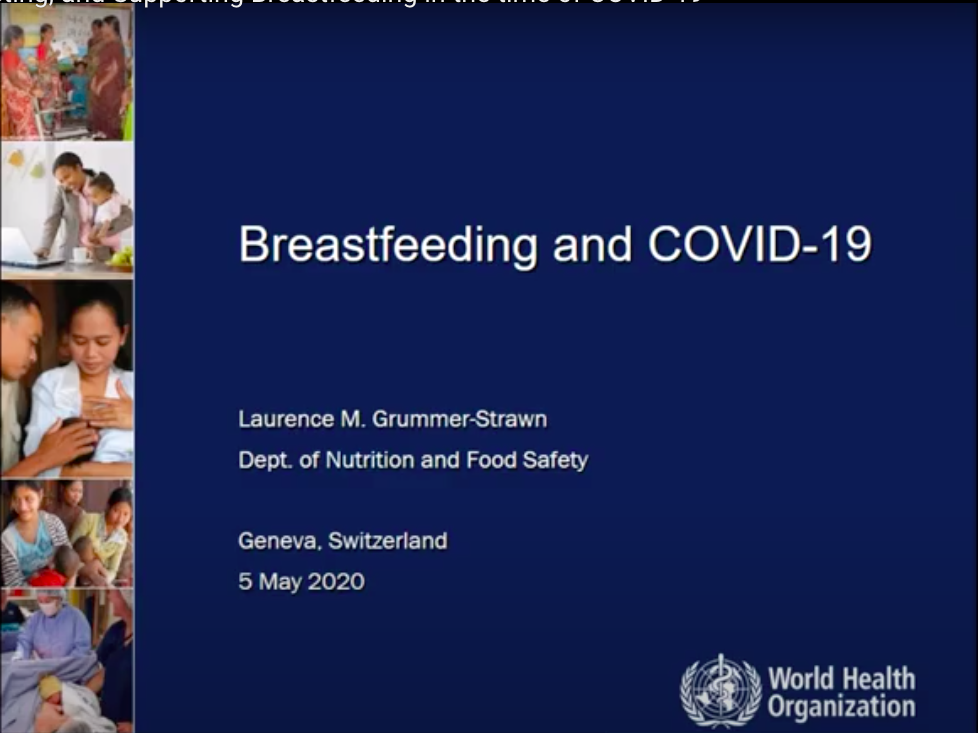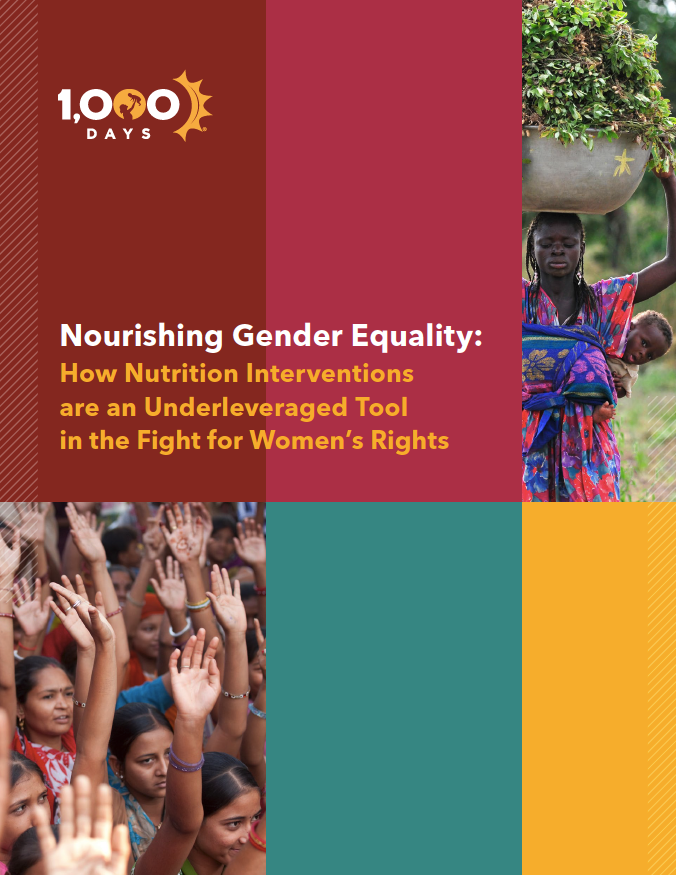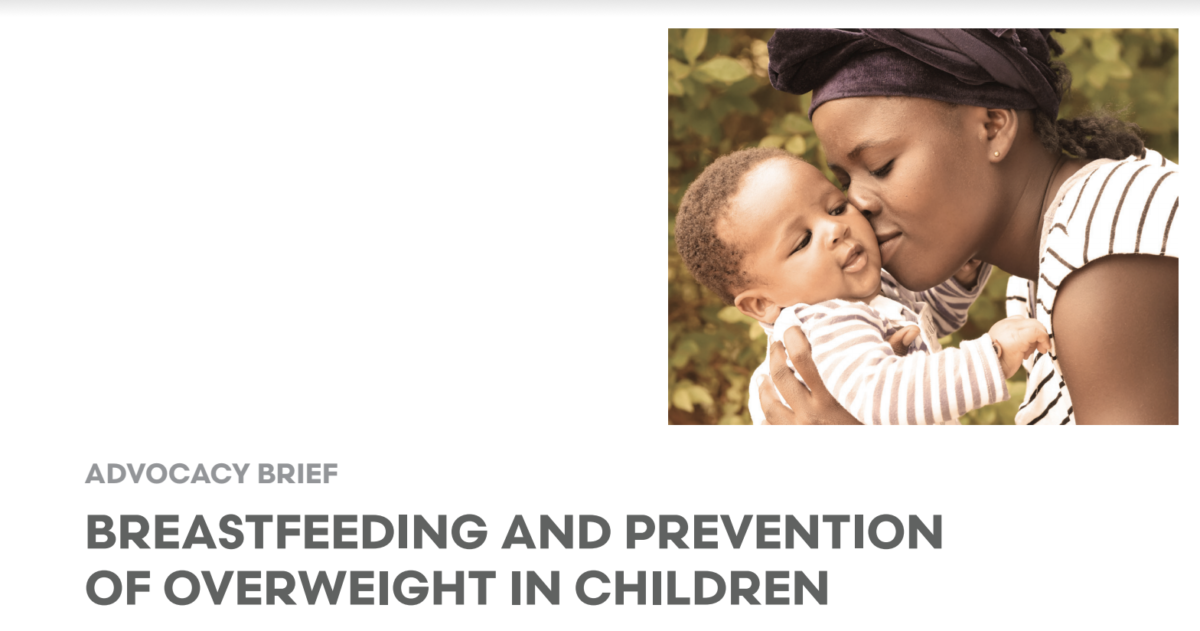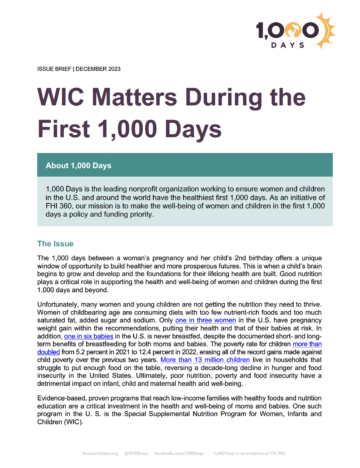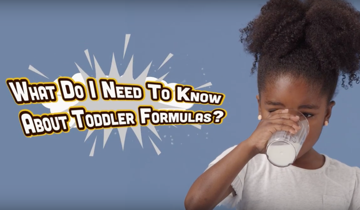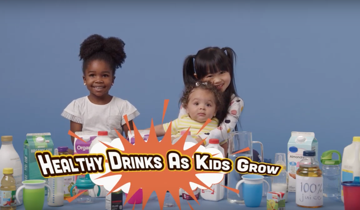Reflections on the UN Global Action Plan (GAP) on Child Wasting: How can the GAP on Child Wasting address gaps in continuity of care?
The release of Field Exchange 60 coincided with UN Agencies global initiative to determine how they could provide a more unified response to care for wasted children. In March 2020, five UN agencies (UNICEF, WFP, WHO, UNHCR, FAO) published the Global Action Plan (GAP) on Child Wasting: A Framework for Action (see box 2). In May 2020, the Field Exchange Team reviewed the Field Exchange 60 priority actions relative to the GAP Framework. This brief outlines findings to help inform next steps in the development and finalisation of the GAP on Child Wasting.

